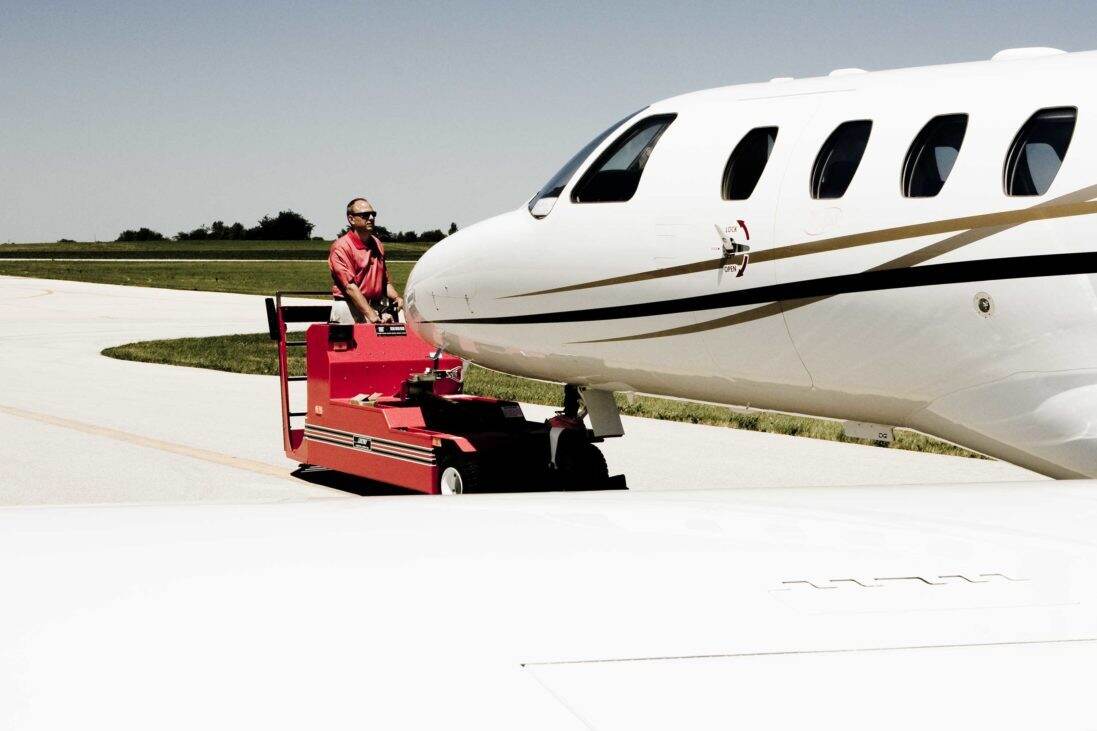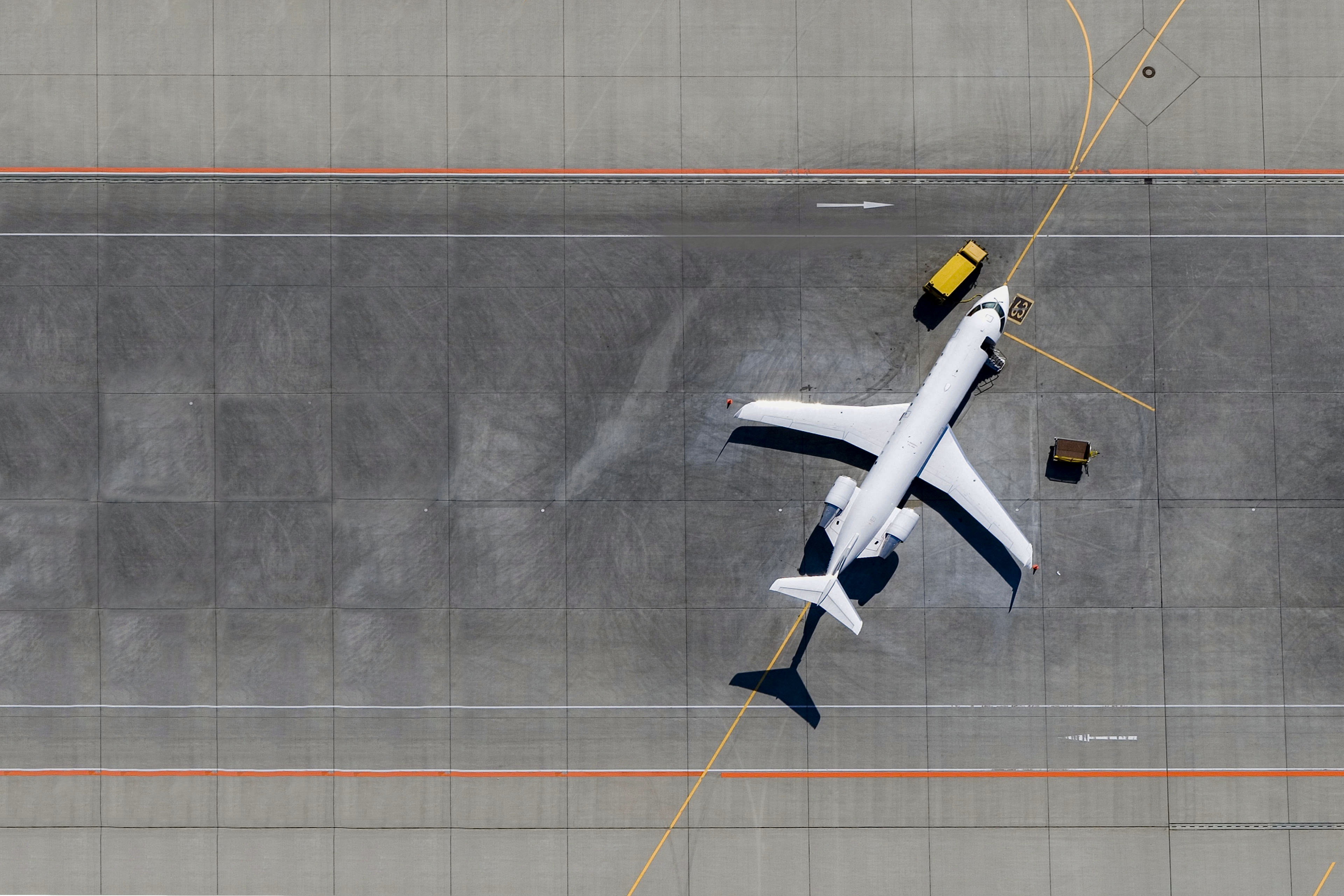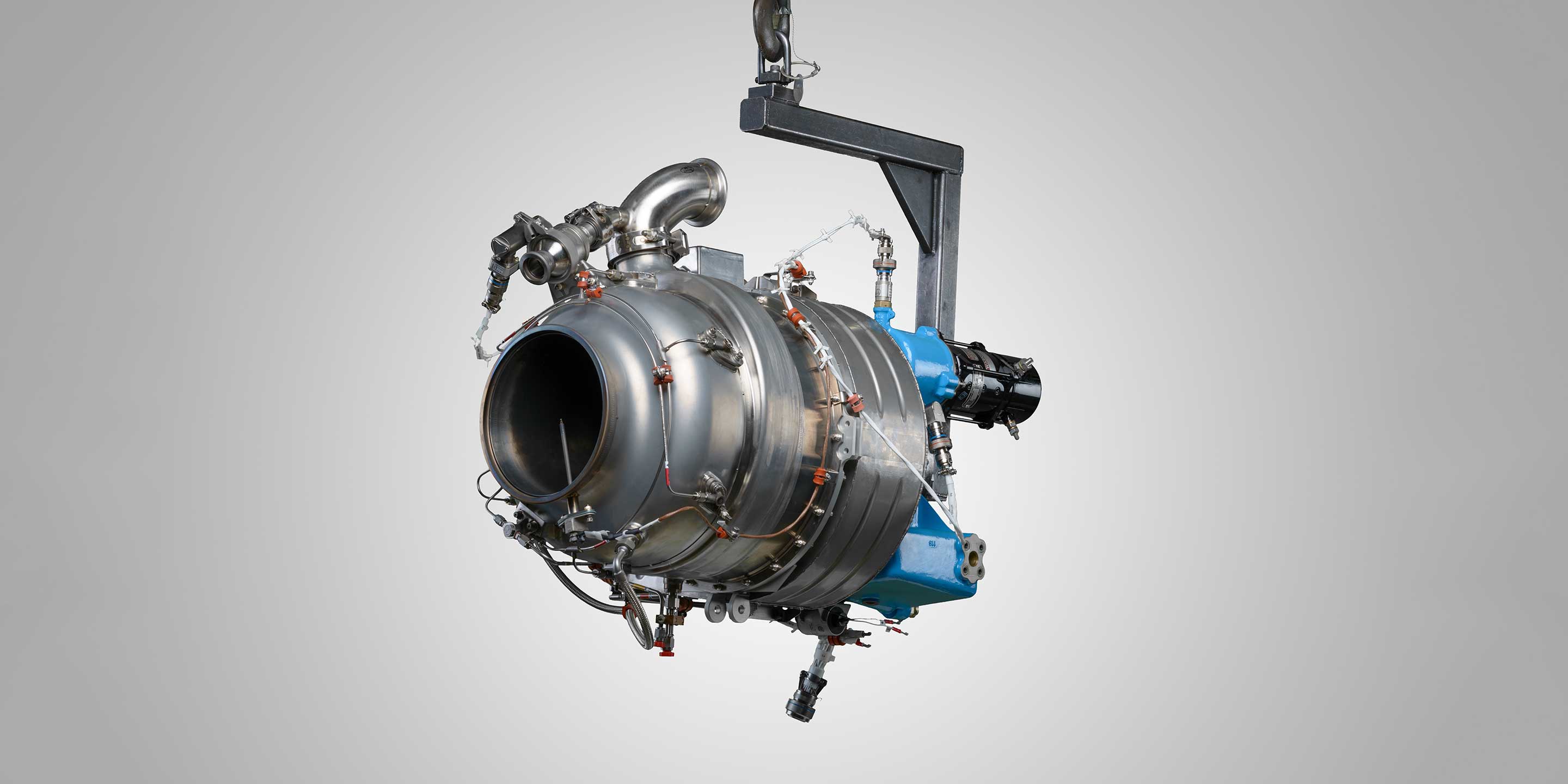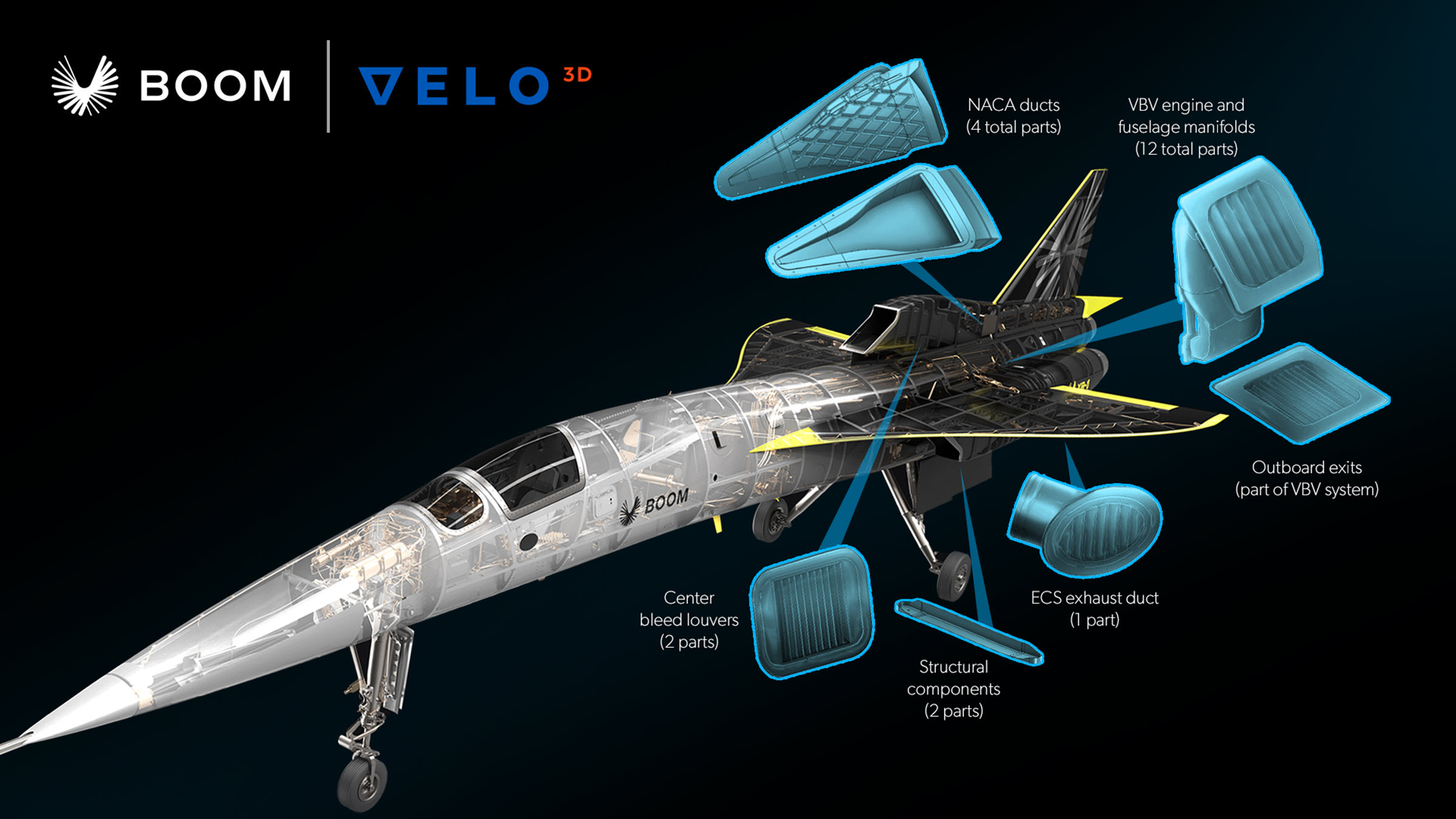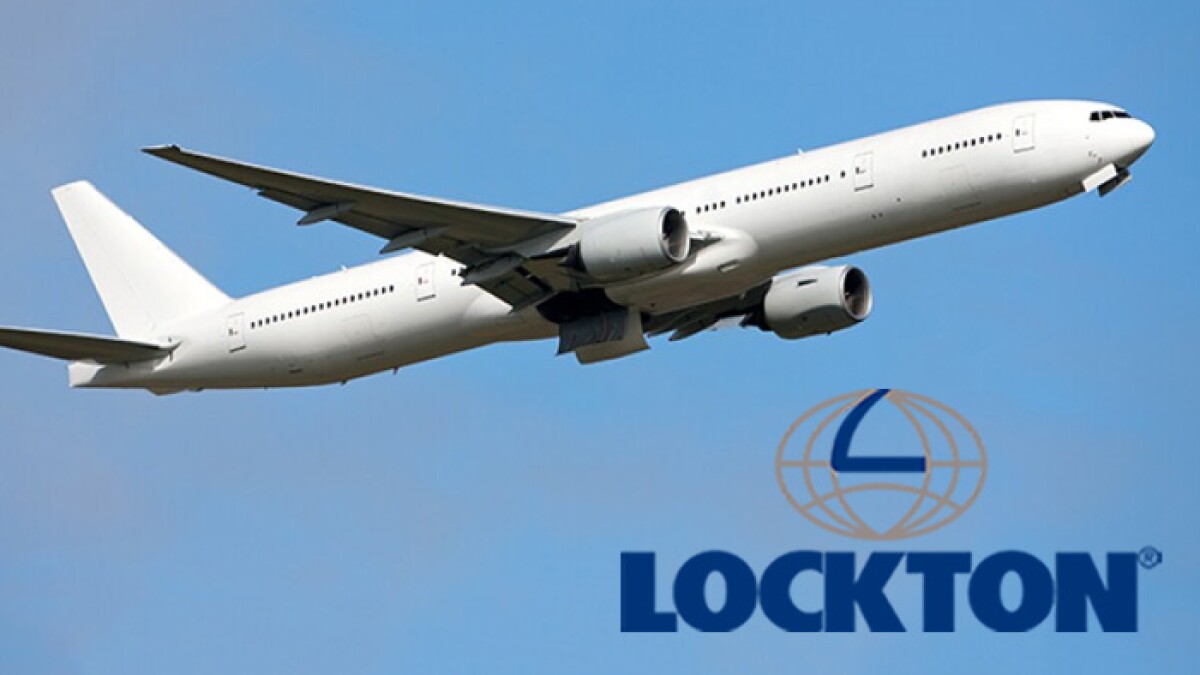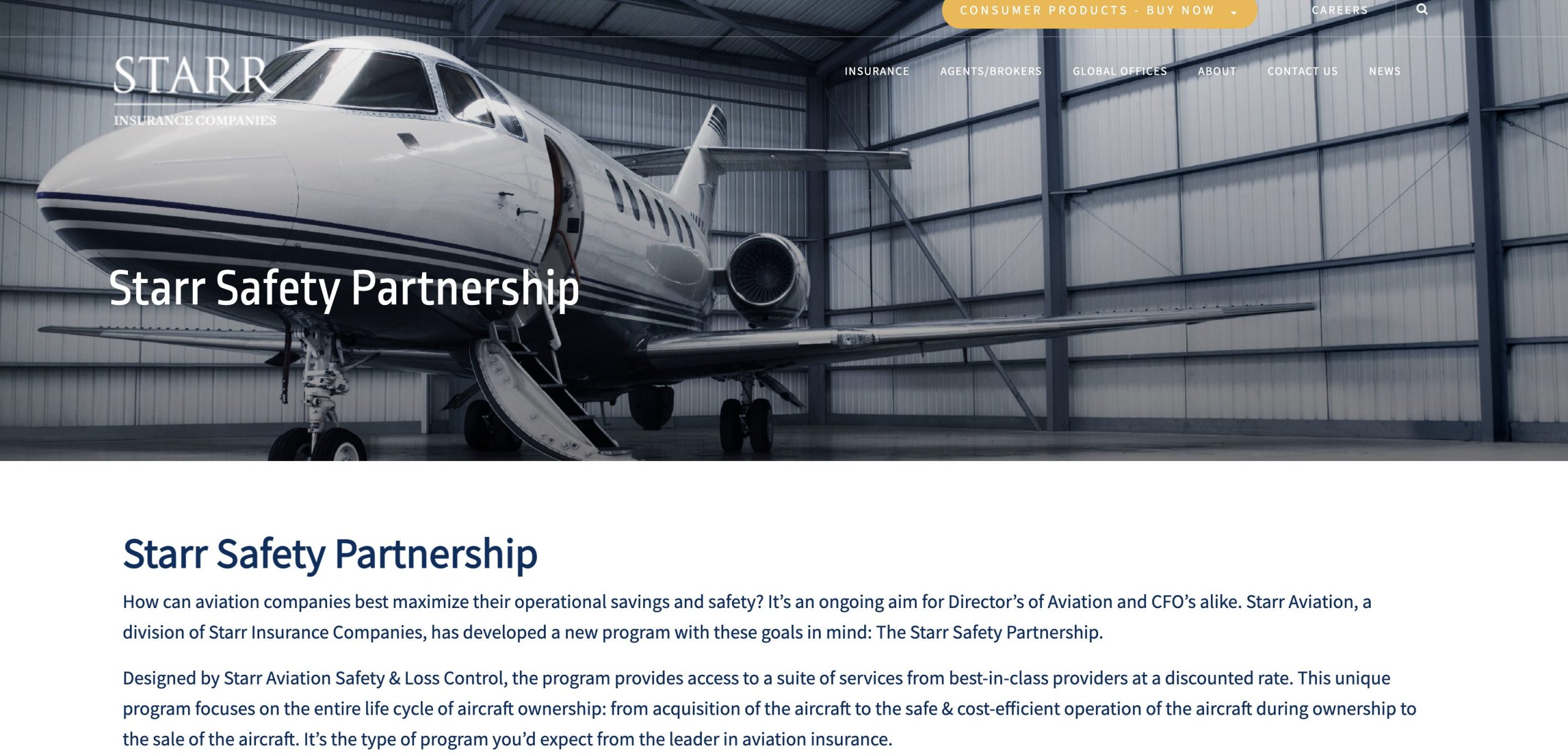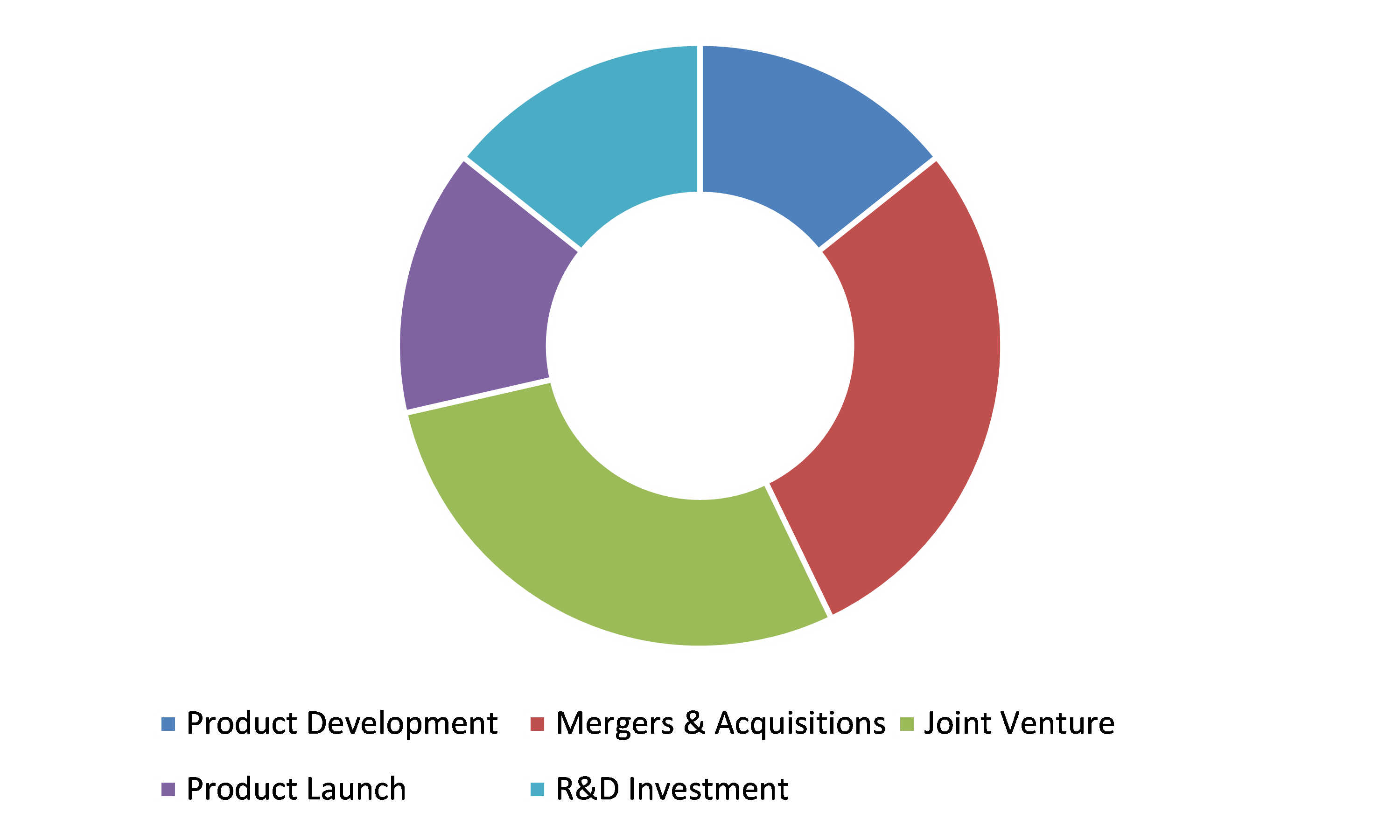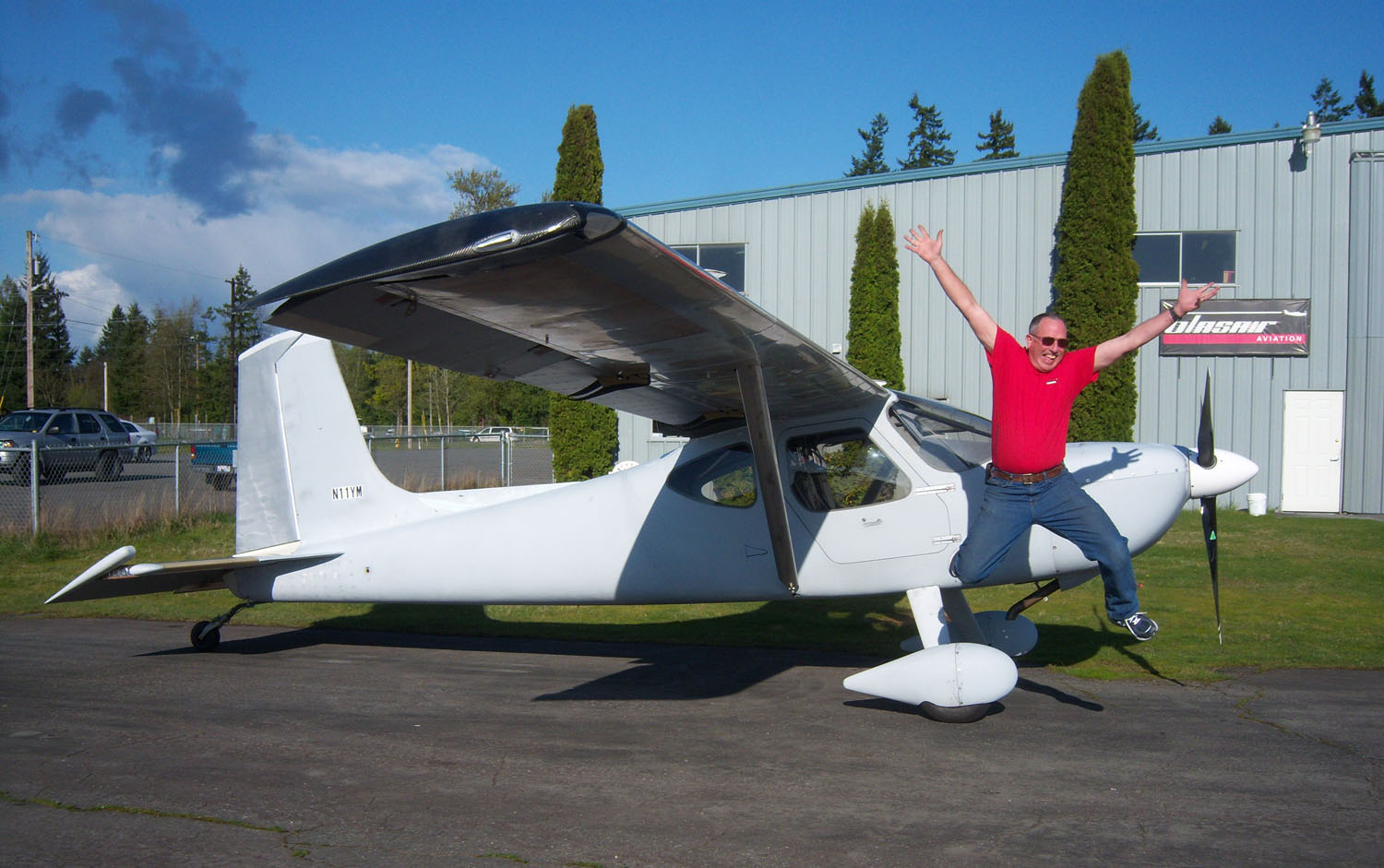Stealth Aircrafts - The stealth aircraft were developed in secrecy—the F-117 as a "black" program and the B-2 as a "gray" one—and were not subjected to much criticism during their formative years. That changed with the rollouts of the aircraft.
By the 1970s, bombers and fighters were increasingly vulnerable to radar-controlled air defenses. In 1974, the Defense Advanced Research Projects Agency and the Air Force began a major effort to develop combat aircraft with low radar signatures.
Stealth Aircrafts

The Boeing F/A-18 Hornet was one of the most capable military aircraft in the world when it entered service in 1983. However, the Hornet got even better with the introduction of the F/A-18 Super Hornet, which entered US service
in 1999. The Super Hornet is based on the original Hornet, but takes it to the next level thanks to the F/A-18E and F/A-18F versions. The previous C and D versions of the Hornet are what succeeded them, with the Super Hornet offering a larger payload and more advanced weapons systems.
What he did not say was that a stealth fighter prototype—which would lead eventually to the F-117 Nighthawk—had been test flown in 1977, or that a forerunner of a stealth bomber—the future B-2 Spirit—was already on contract
. In a separate venture—but with the additional objective of preserving Northrop's stealth experience in the defense industrial base—DARPA in 1978 awarded Northrop a contract to design the Battlefield Surveillance Aircraft (BSAX). It was part of a broader program called "Assault Breaker," intended to repel a massive tank attack in Europe.
BSAX had to be stealthy enough to operate close to the forward edge of the battle. Have Blue was a sharp-nosed single-engine aircraft with swept wings and stark planar surfaces. It was 60 percent the size of the F-117 fighter, which would come later.
The facets, set at unusual angles, scattered the incoming radar beams. Improvements in technology allowed the new stealth aircraft to escape some of the limitations of their predecessors. Supersonic speed is now an available option. The F-22 can reach Mach 2 and for the F-35 Mach 1.6.
The Lockheed fighter was at least five years, sometimes more, ahead of the Northrop bomber in the stealth timeline. The next step after the XST pole tests was "Have Blue," Lockheed's manned technology demonstrator that entered flight testing in April 1977.

Relaxation of security on stealth coincided with the end of the Cold War and top-to-bottom reductions in the defense program. The stealth aircraft, especially the B-2, were favorite targets for defense critics in Congress and the news media.
The successor to the B-2 will be the Northrop Grumman B-21 Raider. It will enter flight testing in 2021, but the number to be built is not yet decided. It is the fulfillment of the Long-Range Strike Bomber program, and in concept drawings, it has a strong family resemblance to the B-2.
Seeking to defuse criticism that his announcement of stealth had been for political gain, Defense Secretary Brown said in 1980 that because of leaks about stealth "in the last few days" to the press and television, "it is not appropriate or credible for us to
deny the existence of the program.” So it is fair to say that the Su-57 is quite the troubled aircraft. It has not had the easiest development, and is still suffering from that to this day.
So few are in service right now, and Russia is unable to use them effectively. It's unlikely they will provide any meaningful service to Russia for some time. Currently, it is unclear if the full order of 76 will actually enter service.
However, while production will end, it is likely that the aircraft will remain in service for some time. There is always a need for more conventional aircraft like the Hornet, over the more complex, fifth-generation stealth aircraft like the F-35.
So it's likely the Super Hornet will be in US service for many more years. The first public mention of stealth was in May 1975 by Defense Daily, a trade publication, which reported a design study for a "high Stealth-2 aircraft."
Under the heading "Lockheed 'Stealth Fighter'," the 1977-1978 edition of Jane's All the World's Aircraft said that the Lockheed Skunk Works at Burbank, Calif., was building "a small 'stealth fighter' of which a primary feature will be

low radar, infrared, and optical signature.” The immediate reaction to Brown's announcement in 1980 centered on politics. Critics said the reason for the disclosure—coming three months before the elections in November—was to take the heat off President Jimmy Carter for having canceled the nonstealthy B-1 bomber in 1977. Carter and Brown were also accused of recklessly releasing a critical defense
secret for political purposes. While the Super Hornet comes from the legacy Hornet, the aircraft is almost entirely new. The Super Hornet is 20% larger than its predecessor and weighs 7,000 lbs heavier when both aircraft are empty.
The Super Hornet also carries 33% more fuel than the previous Hornet, offering a 41% increase in mission range and 50% extra endurance as well. It is in the payload that the Super Hornet can carry more than the legacy Hornet.
The Super Hornet can carry a maximum of 17,750 lbs of external ordnance. The Su-57 has had one of the most troubled development programs of any modern fighter. What was first dubbed the Tu-50 in its prototype form was initially meant to have three flying prototypes by 2009. However, by 2010, only one had taken flight.
The testing program of the ten prototypes build would reveal structural issues within the airframe. This necessitated a total redesign from the sixth prototype onwards. This is to resolve the fatigue life problems befalling the earlier aircraft.
These issues meant that the initial order of 70 aircraft would become difficult for Sukhoi to meet. USAF's F-15 Eagle, for example, was introduced in the 1970s as the world's premier air superiority fighter. However, its radar cross section is 5,000 times greater than that of the F-35.
Radar can pick up the F-15 more than 200 miles out, whereas the F-35 gets within 21 miles before it can be detected. Northrop had been announced in 1981 as the winner of the contract for the Advanced Technology Bomber, which would be designated the B-2 in 1984. The Tacit Blue test results built confidence in Northrop's approach to stealth.
Stealth imposed penalties and trade-offs—chiefly in speed and aerodynamics—on the F-117 and the B-2. They had no afterburners and were limited to subsonic speeds. Supersonic flight would have undercut the benefits of stealth by announcing the presence of the aircraft, with both a sonic boom and a big thermal signature from the hot-burning engines.

It is unlikely that the Su-57 will have any major impact on the outcome of the war in Ukraine. Even with 10 in service, it is unlikely that all of them are in operation right now.
It's also highly unlikely that Russia will risk using the aircraft beyond their current long-range roles. This thanks to this small service number. The Su-57 is currently one of the most ineffective aircraft in Russian military service.
And outnumbered by practically everything else the Air Force is using. Lockheed and Northrop took distinctly different approaches in their development of stealth. Ufimtsev's paper on calculating radar refraction had been translated by the Air Force Foreign Technology Division in 1971, and Lockheed engineer Denys D. Overholser blended it into his own work for a computer program called "Echo 1."
To build the world's only stealth bomber, you need the best engineers. The revolutionary approach to bring the B-2 Spirit to life is as unique as the technologies that resulted from it. Discover what it took to turn a fantasy into a reality—directly from the team behind the B-2.
By contrast, Northrop relied on modeling of compound curves and shaping of the edges to achieve stealth. When the B-2 bomber was subsequently revealed to be a flying wing, the popular assumption was that it descended directly from Jack Northrop's YB-49.
Corporate heritage and culture no doubt played a part, but the engineers insisted that they started with a clean sheet of paper. In a study for the Air Force Association's Mitchell Institute in 2017, Maj. Gen.
Mark A. Barrett and Col. Mace Carpenter concluded that stealth has become an "imperative" in the digital age. "The ability to significantly reduce the range and effectiveness of modern radars and other threat sensors is now a basic requirement for aircraft survival," they said.
While Super Hornet production is set to end in 2025, the Boeing aircraft still plays an important role within the US military. It backs up the more advanced F-35 Lightning II, and of course it was the star aircraft in Top Gun Maverick in 2022.
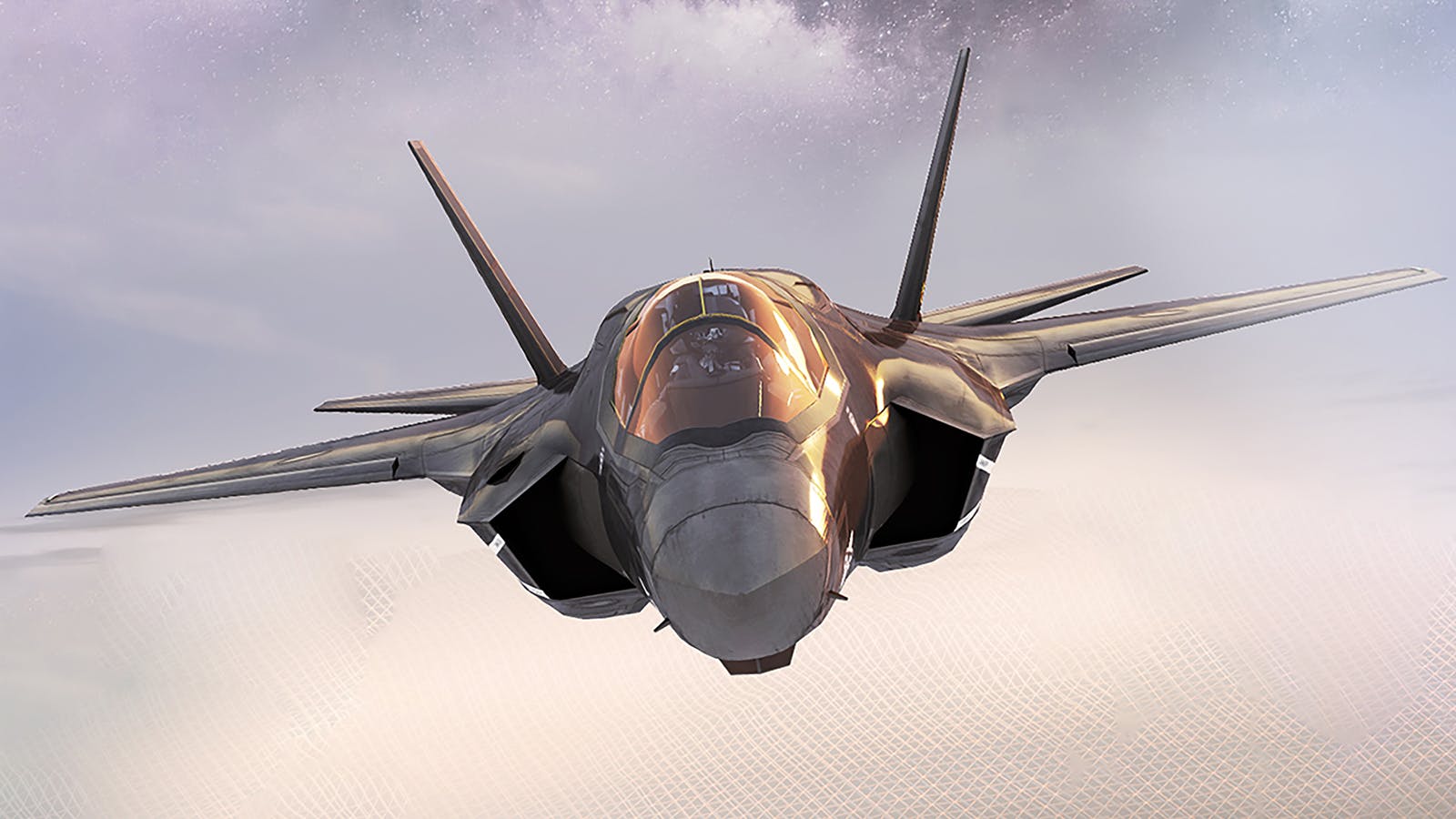
In the interval since Lockheed's Have Blue, computing power had increased exponentially, and it was no longer necessary to estimate the radar cross section by figuring the results for individual panels one by one. The faceting route to stealth was largely abandoned.
Stealth designers addressed seven types of observable signatures: radar, infrared, visual, contrails, engine smoke, acoustic, and electromagnetic. Reduction of the critical radar cross section was achieved with 90 percent by shaping of the aircraft and 10 percent by radar-absorbent materials.
The Super Hornet has also seen use with the US Navy aerobatic team, the Blue Angels. These replaced the earlier legacy Hornet models that the team flew from the 1980s and right up until 2020. Other air arms have used the Super Hornet as well, such as the Royal Australian Air Force which has also used the aircraft in operations over Iraq.
As far as the US Navy is concerned, the Super Hornet has been a huge success. Meeting its cost and schedule as well as being some 400 lbs lighter than the requirements initially set out for it.
The Russians have 10 flyable prototypes of the Su-57—also known as the T-50, its internal name at manufacturer Sukhoi—at various stages of testing and evaluation. Reports say the program is "troubled" and behind schedule, but Sukhoi claims that the first operational Su-57s will be delivered soon to the Russian air force.
The roots of stealth can be traced to experimental aircraft of the 1940s, particularly Jack Northrop's fabled YB-49 flying wing, which had smooth surfaces and rounded edges but no tail or fuselage. The all-wing configuration generated a relatively small image on radar screens, but that was of no great interest at the time, and the YB-49 was canceled in 1949.
While it has been almost all good so far for the Super Hornet, those good times must come to an end at some point. It was recently announced by Boeing that the Super Hornet's production run would come to an end in 2025. Although this could remain open until 2027, should the Indian Navy purchase the Super Hornet for its aircraft carriers.
Boeing is putting more resources into projects such as the F-15EX, the T-7A and the MQ-25. Plus, with the number of F-35s in their various forms entering service increasing, there is no longer a need for new versions of the aircraft.

Fifth generation stealth aircraft are appearing in every major military air arm at the moment. Russia is one air arm that has its own, in the form of the Sukhoi Su-57 Felon. The Su-57 first flew in January 2010, but remarkably the aircraft would not enter service until December 2020. A protracted development program meant that the aircraft suffered from various delays and cost overruns.
Even now, a very limited number of the Su-57 are actually in Russian Air Force service. The Super Hornet has become an icon in the US Navy. It's easily one of the most potent and capable aircraft in the armed forces' armory, even against the F-35 Lightning II.
It's a clear evolution over the previous legacy Hornet which in itself is one of the most powerful aircraft that the US Navy has ever operated. It's natural that with more advanced aircraft coming into service that the Super Hornets production run would come to an end.
But not before it has carried out many years of great service with the US Navy. The idea of a stealth aircraft is to have as low a radar cross-section as possible. The lower the cross-section, the harder it is for the aircraft to get picked up on the radar.
However, if various reports are to be believed then the Su-57 has quite a poor radar cross-section. It is also estimated that it has a cross-section between 0.1 and one square meters, considered broadly to be around 0.5.
That is on a par with non-stealth fourth-generation aircraft such as the F/A-18 Super Hornet. Compare this to the cross-section of the F-35 which is between 0.0015 and 0.005 square meters. The Raptor is even better at between 0.0001 to 0.0005 square meters.
development of stealth aircraft, new russian stealth aircraft, united states stealth aircraft, us stealth aircraft, stealth aircraft carrier, stealth technology aircraft, stealth aircraft design, china stealth aircraft
